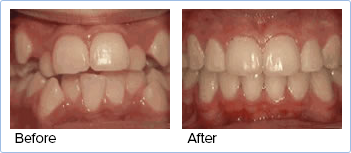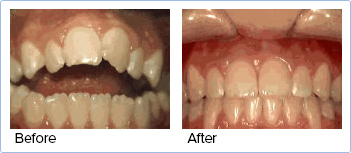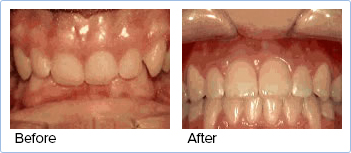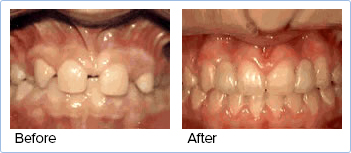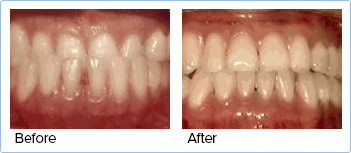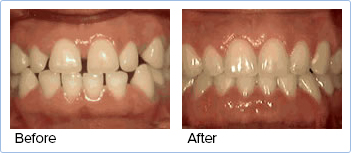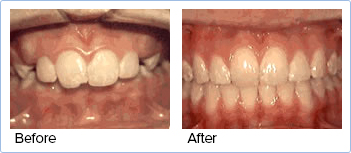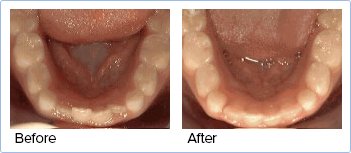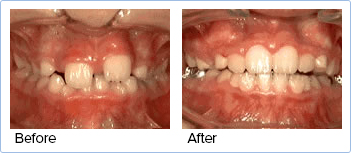Common Reasons To See An Orthodontist
There are many reasons to seek orthodontic work on your teeth. On this page, you can see a series of before and after photos of some of the more common reasons people come to us. We treat all types of alignment issues with traditional braces, Invisalign, among other treatments. Dr. Miller has been treating patients for over 20 years with great results.
The first common reason people seek orthodontic treatment is overcrowding of teeth. You may have inherited your father’s narrow mouth but your mother’s large teeth and so there is nowhere for them to go except to overlap. This can give your smile an awkward look, it’s true, but it can also create other problems too, like difficulty cleaning them and contributes to irregular wear on the teeth as well.
Overbites and underbites are two reasons easily recognizable reasons to see an orthodontist as well. They are so common that everyone knows what they look like. Either the top bite extends too far over the lower bite or the reverse, the lower bite extends considerably in front of the lower bite. To envision these bites, think of Freddy Mercury for the overbite and Bruce Springsteen for the underbite. These types of bites can interfere with chewing action, and put excess strain on the jaw, causing pain.
These are only a few of the reasons people seek orthodontic treatment. If you would like to straighten your teeth for a healthier bite and a straighter smile, call for a consultation.

